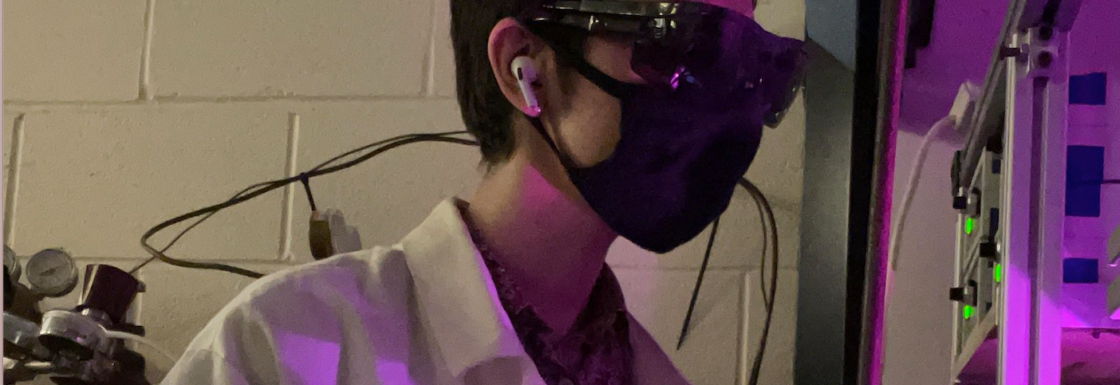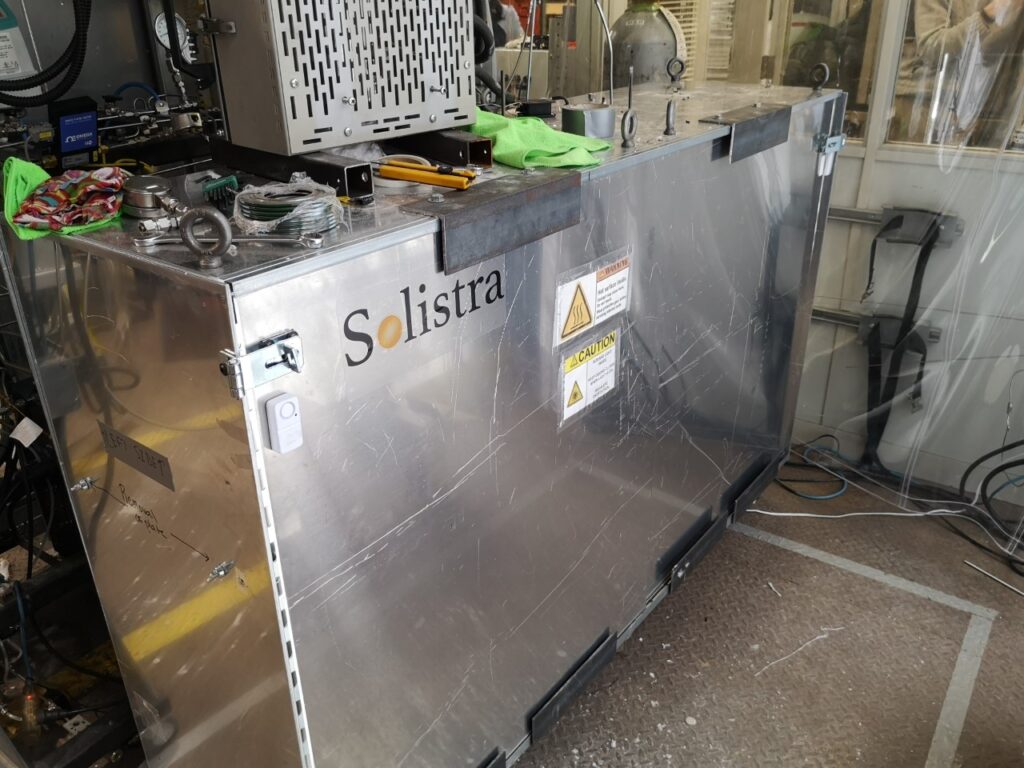Greening the chemical sector using nature-inspired technology

The industrial production of commodity chemicals is responsible for 5% of annual global carbon dioxide (CO2) emissions.1 It is the third largest industrial CO2 emitter after concrete and steel production, but it is the largest consumer of energy through its use of petroleum, natural gas, or coal as both fuel and feedstock. Despite these negative climate impacts, the chemicals industry is vital to the modern global economy as it provides not only the products we use in our everyday lives like pharmaceuticals or rubber for tires, but also the adhesives, solvents, and coatings that are required for the manufacture of other sustainable technologies like photovoltaic panels or wind turbines.
A large portion of the CO2 emissions from the chemicals sector results from burning natural gas to provide heat to the chemical reactions. A popular strategy for negating these emissions is the idea of “industrial electrification” whereby industrial processes that currently burn fossil fuels for heat can transition to using renewable electricity to provide heat instead. While this is a great idea, to meet the electricity demand of industrial operations, the North American electrical grid capacity would have to nearly double from 15 EJ/y to 26 EJ/y, while transitioning the old electrical capacity to low-carbon operation.2
Given that the chemicals industry is the largest industrial consumer of electricity, it could end up being a major suck on the future supply of renewable electricity.

Solistra is aiming to solve this problem in two ways. First, we use captured CO2 and water as a feedstock to our chemical process, instead of conventional fossil feedstocks like petroleum, natural gas, or coal. Second, we use specially designed chemical reactors that use natural sunlight instead of electrically produced heat to drive the reaction. By consuming CO2, avoiding the use of fossil fuels for heat, and minimizing electricity use, Solistra’s research is aiming to rethink and transition our chemical supply chain into a low-carbon future.
These complex systems require a complete overhaul of conventional chemical reactors and processes, which run 24 hours per day, and don’t rely on the natural cycles of sunlight availability. To engineer systems like this, we look to the natural world for inspiration. Inspired by photosynthesis, Solistra’s systems absorb CO2 from the air and use light to convert it into downstream chemicals. The individual components of our “photo”-reactor can be thought of as the leaves on a tree, a solar-activated nanomaterial that is able to facilitate this conversion
Technologies like Solistra’s can help alleviate some barriers like electricity use for new green technologies to be deployed in a timely manner, as well as aid in the transition to a greener chemicals sector. Analogous to the way that renewable electricity requires a base load on the grid, Solistra’s technology can complement the existing chemical sector by producing green chemicals during the day from CO2 and water when the sun is shining. At night, conventional production methods can provide baseline production or other innovative electrically-driven chemical conversion technologies. This can be a vital step in reducing chemical sector emissions while renewable electricity capacity on the grid is improved.

[1] F. Birol, “The future of petrochemicals: Towards more sustainable plastics and fertilizers”, International Energy Agency, 2018.
[2] G. P. Thiel and A. K. Stark, “To decarbonize industry, we must decarbonize heat,” Joule, vol. 5, no. 3, pp. 531–550, 2021.














